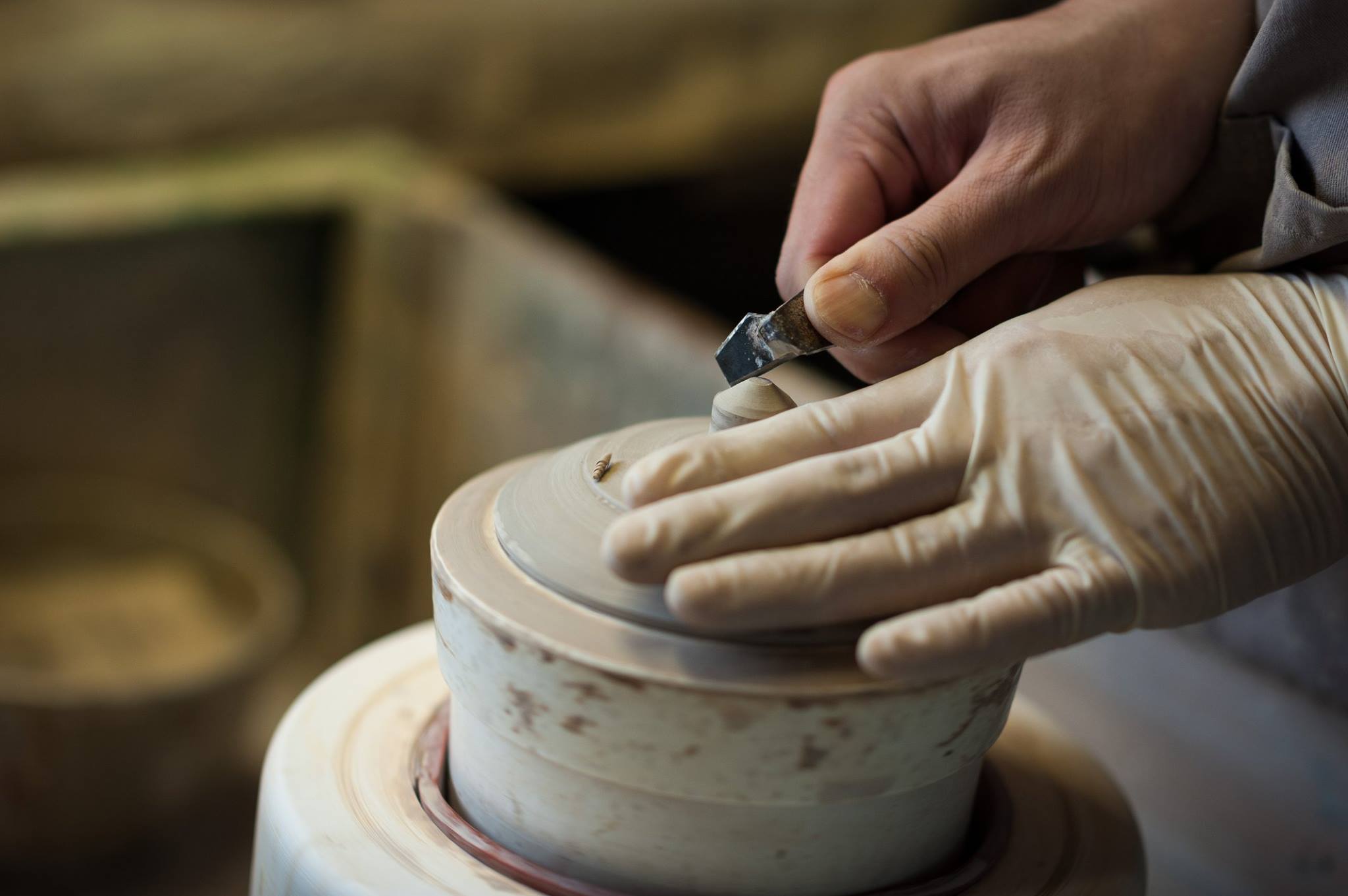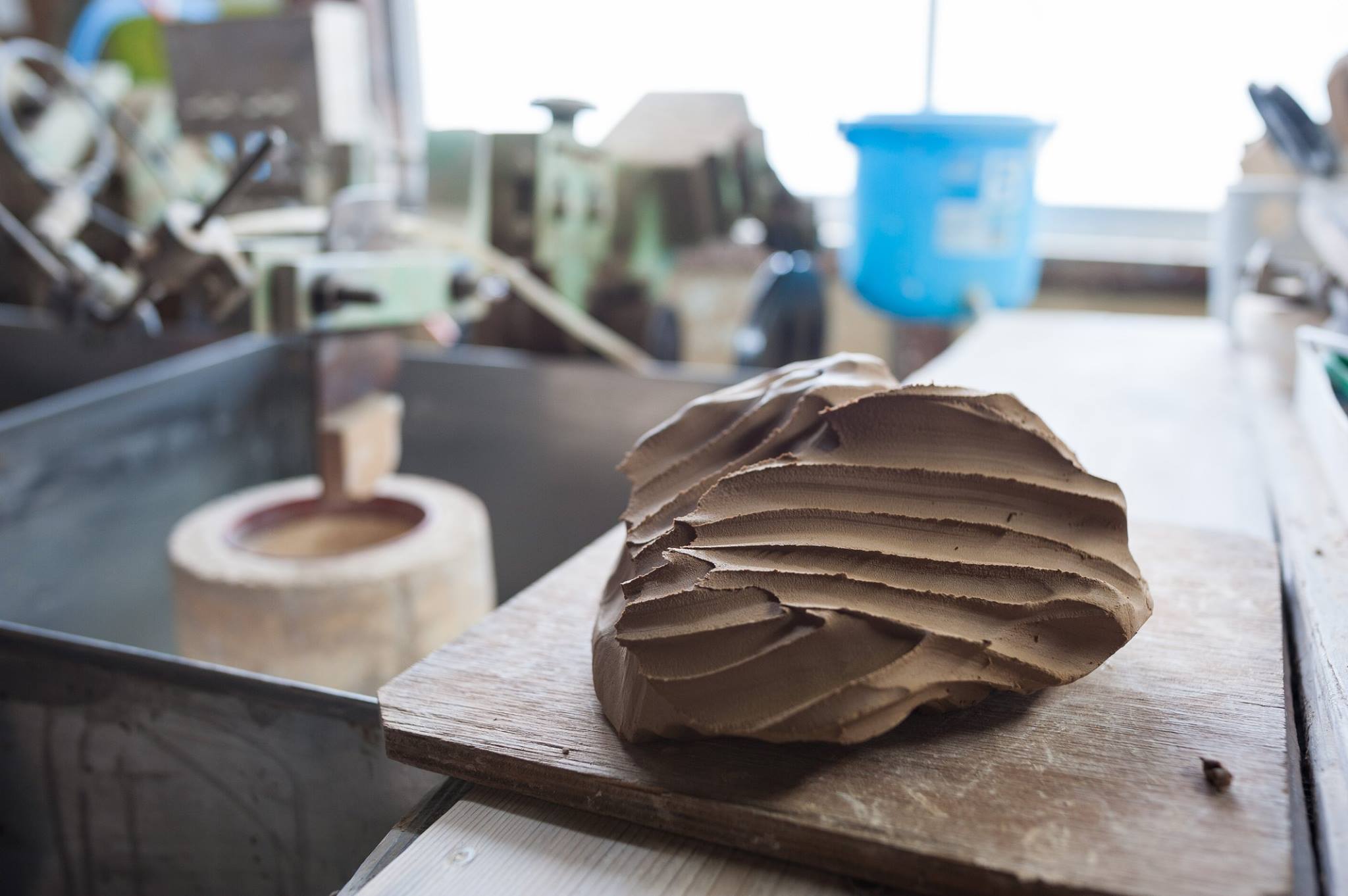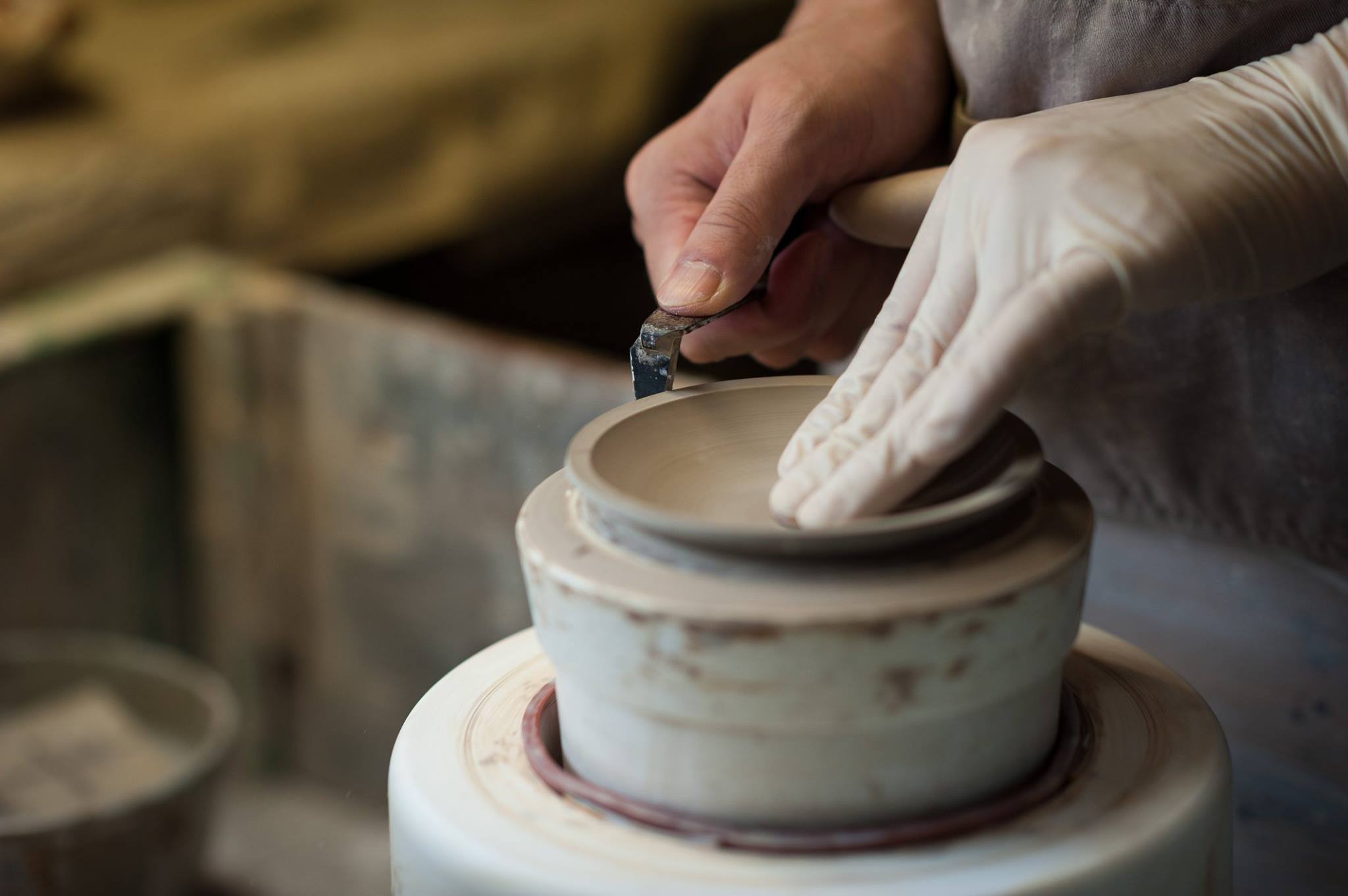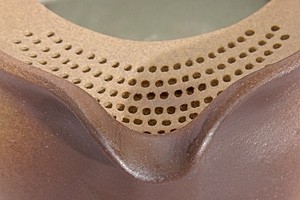
Banko Ware is a high-quality craft that requires a lot of craftsmanship and is therefore getting increasingly rare. There are said to be only 22 government recognized Banko master craftsmen left working to preserve the art.


anko Ware is a type of Japanese pottery that originated in the ‘Mie’ prefecture in Central Japan. Mainly existing out of tea pots and hot pots, the art dates back almost 270 years. It was first created by a wealthy merchant called ‘Nunami Rouzan’, in the mid-18th century. He had a passion for ‘the way of the tea’ and created his own pottery to use for the teas. When others started to notice his creations, Banko ware was officially born. The name is derived from the phrase ‘Bankofueki’, which he would stamp on all his creations, meaning ‘eternity constancy’. With this, he hoped that his creations would be enjoyed for many generations to come. The art became popular long after his time. It is sometimes called ‘Yokkaichi Banko Yaki’ with ‘yaki’ meaning ceramics and Yokkaichi being the city inside Mie prefecture that produces about 70-80% of all Banko Yaki in Japan. It was designated as a traditional craft work and became an export commodity in the 19th century.
Cheap, mass-produced tea pots can often easily be identified by their flaws: Even when using high-quality tea leaves you will notice they don’t smell as strong when in the pot. The leaves will all stack up and block the water when you try to pour your tea, and you often can’t lift the lid up as it formed vacuum by the hot air.
With a carefully designed Banko ware tea pot you will notice the difference between mass-produced and handmade; The circular shape of the teapot, along with the material and lacquered inside allow the tea leaves to circulate much better, creating an intense, pure aroma.
The pots have exactly one-hundred small holes in the lid which allows for the circulation of hot air and avoids your lid from being stuck. Furthermore, these holes keep the tea leaves in place, while the hot tea water is easily poured into your cup. The spout of the pot is V-shaped, making it easy to pour without overflowing.

The coated inside makes the pot very easy to clean with just water, and the natural materials of the pot are said to enhance not only the smell, but also the flavor of the tea.
The small, characteristic holes are all hand-made, and it is said there are only 3 craftsmen left who completely master this skill. The amount and design of the holes have taken a lot of trial and error, and it is said that this number perfectly enhances the tea flavor en ease of use. Completing a tea pot takes approximately 3-4 weeks.





